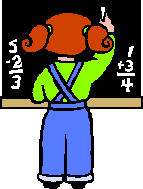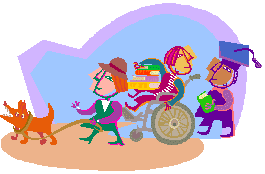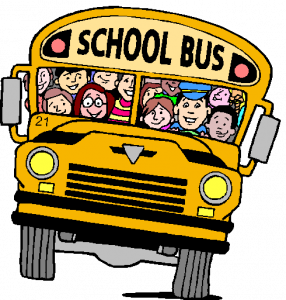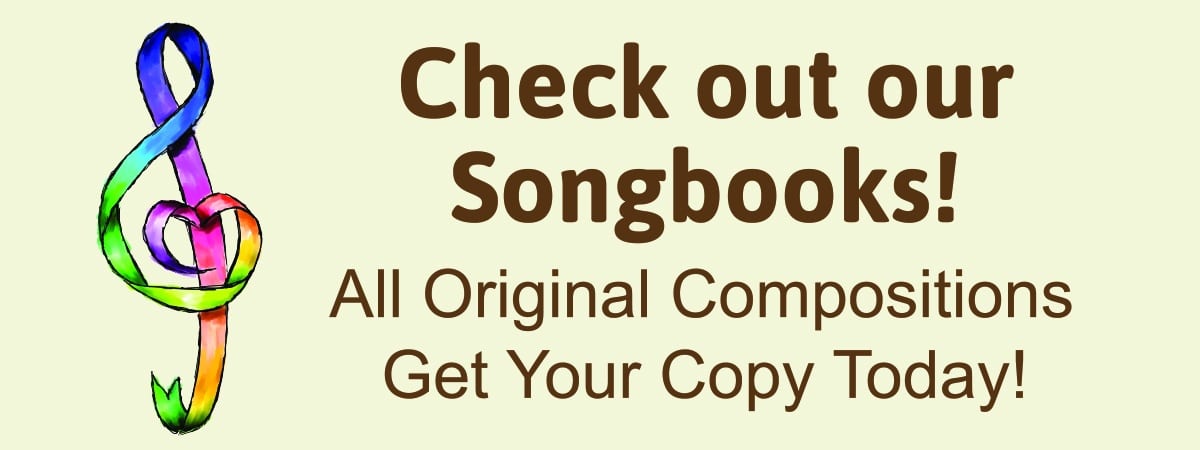I walked into an early childhood classroom recently and saw a scene that at first made me shudder, and next made me think of the much mentioned term – ‘school readiness’. The young teacher was sitting in the usual place surrounded by props and puppets and pleasant visuals. From the pictures on the easel board, it was obvious that she was in the middle of ‘teaching’ one of the core concepts from the school’s curriculum.
Only a foot or two away from her, the children from the class were loosely grouped into that tried and true teaching configuration: circle time. While the teacher kept ‘teaching’, the children had their own agenda. A few were on the floor. Some were tickling and teasing each other. One was picking his nose. Since a number of these children had special learning needs, there was a third layer to the scene – a group of even younger women who were there to support the teacher. They hovered in this back row looking wide-eyed and unsure.
With all the talk of ‘school readiness’ I wondered that day if it was that the children were not ready for school or if the school was not ready for the children. It was obvious that in this particular slice of educational life, there was little chance that either the children or the staff had an effective early learning environment. In the focus on presenting and testing for narrow academic concepts, the understanding and acceptance of how children learn and grow seems to get lost.
After watching the scene for a few seconds, I began to quietly clap my hands in a moderate, steady tempo. The children stopped what they were doing and easily joined in the clapping. The teacher smiled and the young assistants looked relieved. The children and I began to sing the familiar transition song – “I’m Getting Ready”. They scrambled to line up and move to the music room, all the time singing and clapping. What moments before had looked like a train station at rush hour, had now become a group of children and grownups who shared a common goal, a common purpose and a common destination.
In no way do I fault the children for their ‘un-readiness’. In no way do I fault the teacher and staff for their ‘un-readiness’. What I do fault is the larger and less easily identified entity – our school system.
More and more I feel an urgent need for us as members of the school system to step forward and share our skills and expertise in music to help children, school staff and administrators in creating more effective early learning environments through using proven music strategies. We can help get classrooms ready so teachers can teach and children can learn.
I find that sometimes as music therapists we get caught up in using music only in the way that the educational system knows best – as a memory device or as a tool of rote drilling of facts (think the ABC song). When I work in early childhood or school district classrooms, I try and think broader to the core qualities that are necessary for learning. I think this is where music therapists shine and where we provide a unique and valuable way to contribute to overall school success. Our specific training and body of knowledge can support the whole educational tone of the school way beyond the clinical nature of most of our work. We have much to give, but we need to get ourselves out there in the hallways and classrooms with an articulate plan of how we can support effective learning for all students.
Here are some of my thoughts on fundamental components of ‘school readiness’ for young children and how music strategies can provide a key in helping all school constituents to ‘get ready’ for learning. Music therapists can share ideas, songs and strategies with teachers and other staff that will help them be more efficient and effective educators.
Children must want to be part of a group
Music creates common purpose and mutual activity. In my work, I call this gathering. In order to present information, children and staff need to all be active in a common purpose and a common activity. We know that rhythm can create an atmosphere where everyone is moving and doing at the same time. Known as entrainment, mutual rhythmic activity gets everyone on board. Songs or music experiences with a clear and engaging rhythmic component gather children and staff into the same learning space. One of my favorites is adapted from the tune of “When Johnny Goes Marching Home” and can be found in “You and Me Makes We: A Growing Together Songbook”.
Children must know how to be part of a group
Singing songs or playing instruments together gives every child and every grownup a chance to contribute to being part of a group. With a friend on either side, children learn to accept the presence of others and they often enjoy the joining together of voices or sounds. Most any preferred song will do, but ones that use positive social language send the message of group cohesion.
Turn taking songs or call and response songs can also show children how to attend to others in the group or how to take a leadership role within a group. Try that old favorite, ‘Going on a Bear Hunt’.
Children must attend to specific information
In a learning environment, we expect children to be aware of and pay attention to the teacher or grownup or peer who is presenting information. This joint attention is critical to learning. We know that music attracts and sustains attention in early childhood. Songs or musical experiences support the child’s natural attention. Why not begin each learning section with a song?
Children must be able to regulate their actions
I used to think that a good part of the educational system was teaching children to ignore their instincts. (Part of me still thinks that!) In order to gain from a learning environment, children have to be able to regulate their actions to fit the needs of the classroom. This is not easy for any age. (I still obsessively shake my foot when sitting in a long meeting.) Music can provide young children with opportunities to practice self-regulation and self-organization. Think ‘start and stop’ songs and ‘fast and slow’ dances. Music with movement gives an outer structure so that children will want to make and practice internal structure.
Children must be motivated to engage with information
We know that information is remembered best when we are at our most motivated and engaged. This is termed ‘optimal arousal’. There is a lot of information that children must learn that is not easy or fun. Music, though, can set the stage for arousal and get kids motivated and open to absorbing new information. It doesn’t have to be a defined song. Sometimes rhythmic and movement experiences bring children into that motivated state and get them ready to learn. I often begin a classroom session with a musical game called “8 & Change”. Every 8 beats I shout out ‘change’ and then change the musical gesture I am doing. No other verbal directions are needed. Most every group of young children join in quickly and show their enthusiasm and attention. That is when I turn to the teacher and let her know the kids are ‘ready’.
What do any of these music strategies have to do with specific academic content? Nothing and everything. As a music therapist, I like to use the unique properties of the music experience to help children be ready to learn. And then I like to turn the actual teaching over to the experts – our education colleagues.
To find out more about the ‘School Readiness’ initiative visit http://www.gettingready.org. Specific citations of research supporting music strategies in early learning environments can be found at http://depts.washington.edu/isei/ptrl/upload/Annotated%20Music%20Therapy%20Bibliography.pdf. . Look in the coming weeks for more information on music therapy and school-based topics such as the Common Core Standards and Response to Intervention as well as new research into the role of music in quality early education.
Hope you and yours enjoy the anticipation and excitement of back-to-school.
As always, I would love to hear your thoughts.
Beth



